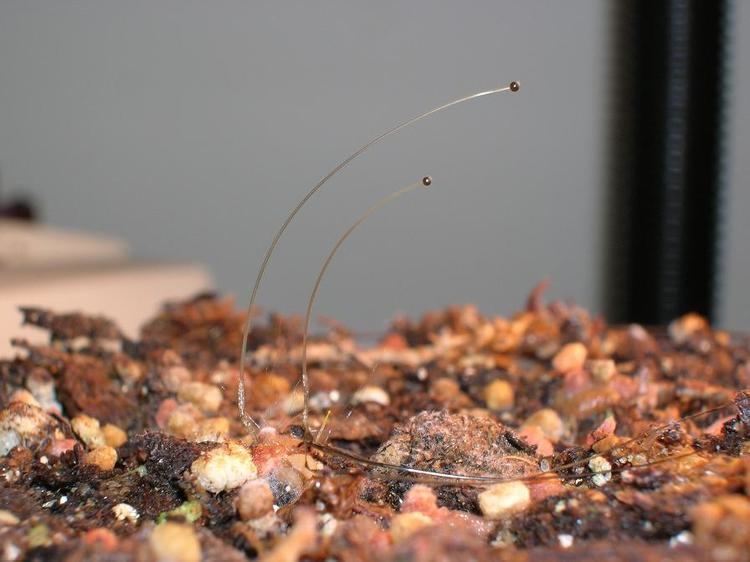 | ||
A tropism (from Greek τρόπος, tropos, "a turning") is a biological phenomenon, indicating growth or turning movement of a biological organism, usually a plant, in response to an environmental stimulus. In tropisms, this response is dependent on the direction of the stimulus (as opposed to nastic movements which are non-directional responses). Viruses and other pathogens also affect what is called "host tropism", "tissue tropism", or "cell tropism", or in which case tropism refers to the way in which different viruses/pathogens have evolved to preferentially target specific host species, specific tissue, or specific cell types within those species. Tropisms are usually named for the stimulus involved (for example, a phototropism is a reaction to sunlight) and may be either positive (towards the stimulus) or negative (away from the stimulus).
Tropisms occur in four sequential steps. First, there is a perception to a stimulus, which is usually beneficiary to the plant. Next, signal transduction occurs. This leads to auxin redistribution at the cellular level and finally, the growth response occurs.
Tropisms are typically associated with plants (although not necessarily restricted to them). Where an organism is capable of directed physical movement (motility), movement or activity in response to a specific stimulus is more likely to be regarded by behaviorists as a taxis (directional response) or a kinesis (non-directional response).
In English, the word tropism is used to indicate an action done without cognitive thought: However, "tropism" in this sense has a proper, although non-scientific, meaning as an innate tendency, natural inclination, or propensity to act in a certain manner towards a certain stimulus.
In botany, the Cholodny–Went model, proposed in 1927, is an early model describing tropism in emerging shoots of monocotyledons, including the tendencies for the stalk to grow towards light (phototropism) and the roots to grow downward (gravitropism). In both cases the directional growth is considered to be due to asymmetrical distribution of auxin, a plant growth hormone.
Types
in plants (and bacteria)
in viruses
